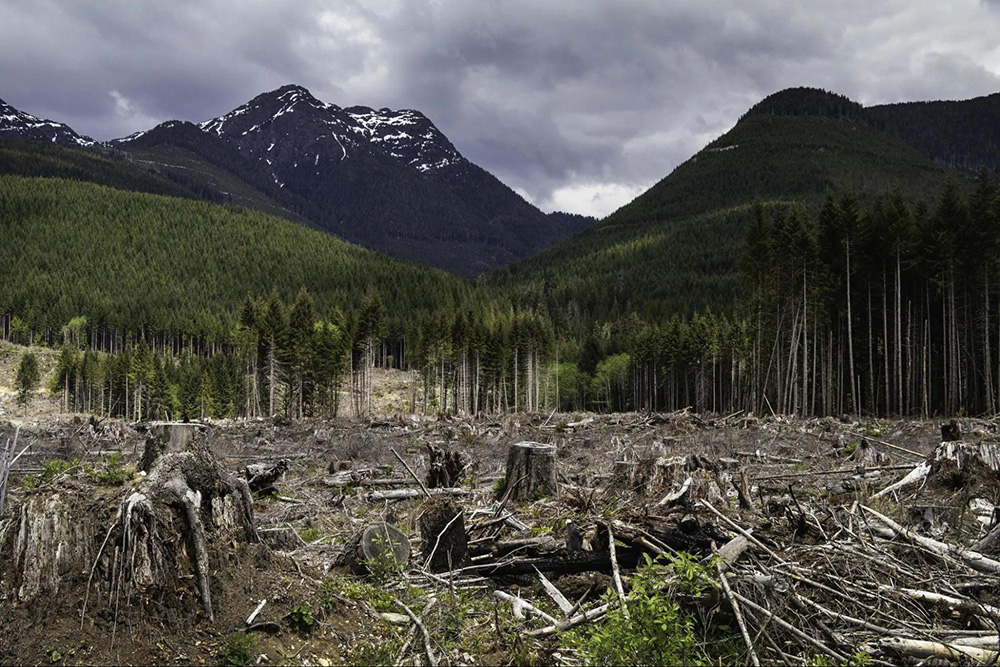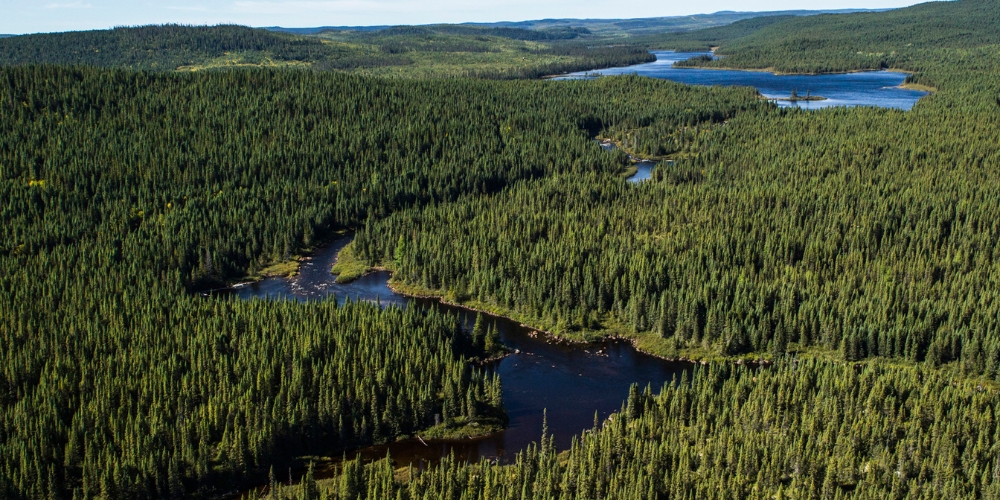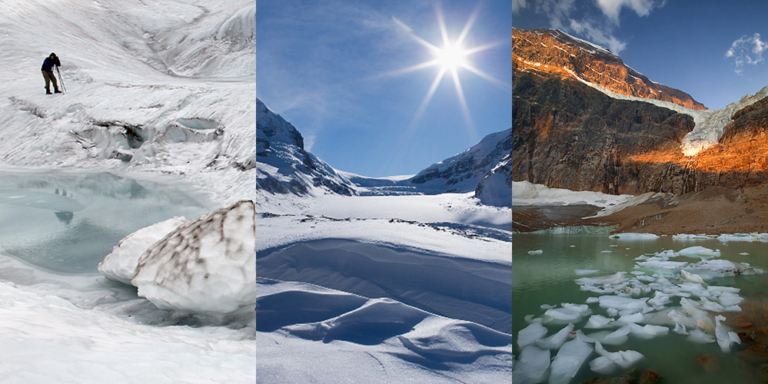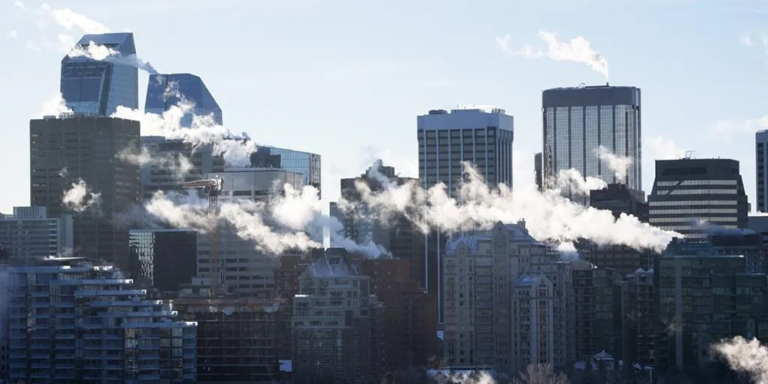Is clearcut logging and replanting a ‘sustainable’ practice?
Many think it’s not.
Our province claims to be a world leader in sustainable forest management, but do we really practice what we preach?
Research has shown that extensive logging of forests has transformed them from carbon sinks to carbon sources. A carbon sink is anything that absorbs more carbon from the atmosphere than it releases.
Large forests are some of our most effective carbon sinks. This is because trees naturally absorb carbon during their lifespan. Spanning over one billion acres, the boreal forest is the Earth’s largest land-based carbon sink.
But when trees are logged, the trapped carbon is released back into the atmosphere. Because of the carbon released, logging in Canada is one of the highest carbon-polluting sectors in the country.
The logging industry contributed one-tenth of Canada’s total carbon emissions in 2021. But trying to track down reliable emissions data for the logging industry is like trying to find a needle in a haystack. This is intentional.
Canada reports emissions related to the logging sector in the National Inventory Report (NIR). A closer look at the 2021 NIR shows Canada purposefully underreported almost 80 megatonnes of emissions or 80 billion kilos.
That’s equal to over 21 coal-fired power plants pumping heat-trapping pollution for a year or almost 18,000 additional cars on the road for a year.
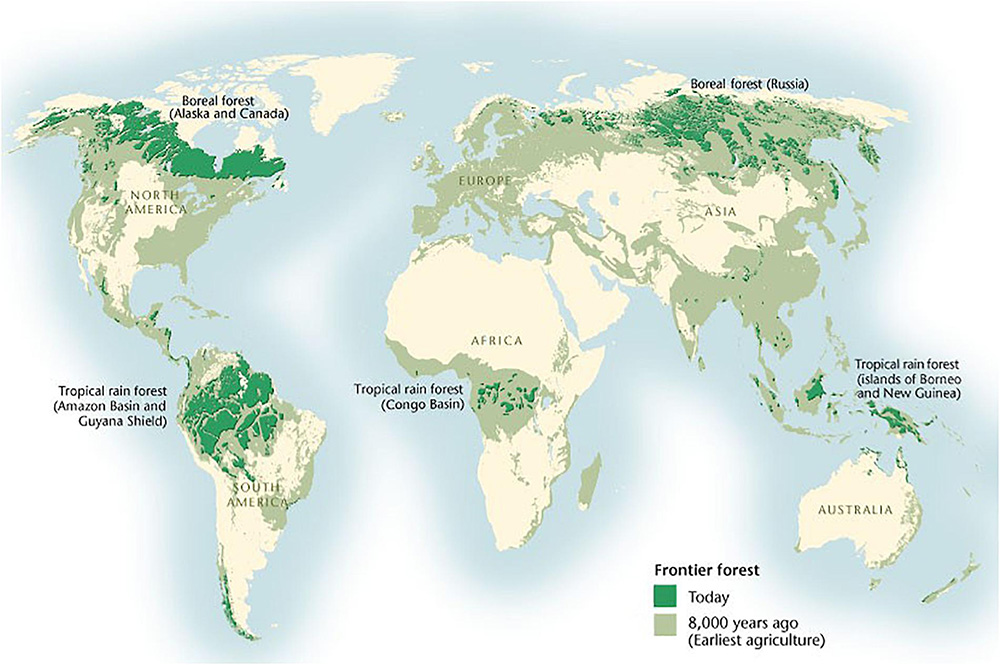

Let’s break it down.
Unlike most industries, the forestry sector groups emissions in a land-use category. This category reflects both heat-trapping pollution from logging activities plus carbon stored naturally by trees.
That’s strange accounting. It means that every tree that the logging industry does not cut down goes towards offsetting the industry’s total carbon pollution. This includes trees that the industry replants, to get even wackier, trees that regrow naturally after wildfires.
Why is that strange?
Because Canada does not report emissions from wildfires. In the 2021 National Inventory Report, Canada’s logging industry took credit for almost 80 megatonnes of carbon removals related to the regrowth of mature trees after wildfires.
So the forestry industry in Canada can take credit for the carbon stored naturally by trees regrowing after wildfires but doesn’t have to report emissions from the fires themselves?
If that doesn’t sound fair, that’s because it isn’t.
We don’t think every tree is sacred. Logging can and should be done sustainably.
But logging today is not the same as during grandma’s day. It’s no longer a lumberjack in the bush with an axe chopping individual trees. Now, it’s highly mechanized. Think big, industrial fellers cutting football field-sized (or bigger) cut blocks in a day.
Combine that with the legacy of extensive logging that has transformed our forests from carbon sinks to carbon sources, and it’s time to reduce our wood reliance and figure out how to protect our forests.
We can each play a role.
Use recycled and reclaimed wood, recycled plastic, and alternative building materials like hempcrete, aircrete, strawbale, cob, and rammed Earth, and you will significantly reduce your reliance on wood. That’s a start.
Also, we need to make sure that our governments hold the logging industry to the same reporting standards as every other industry in Canada.
Our future needs to include healthy, productive, life-giving forests. That means big changes are needed.
